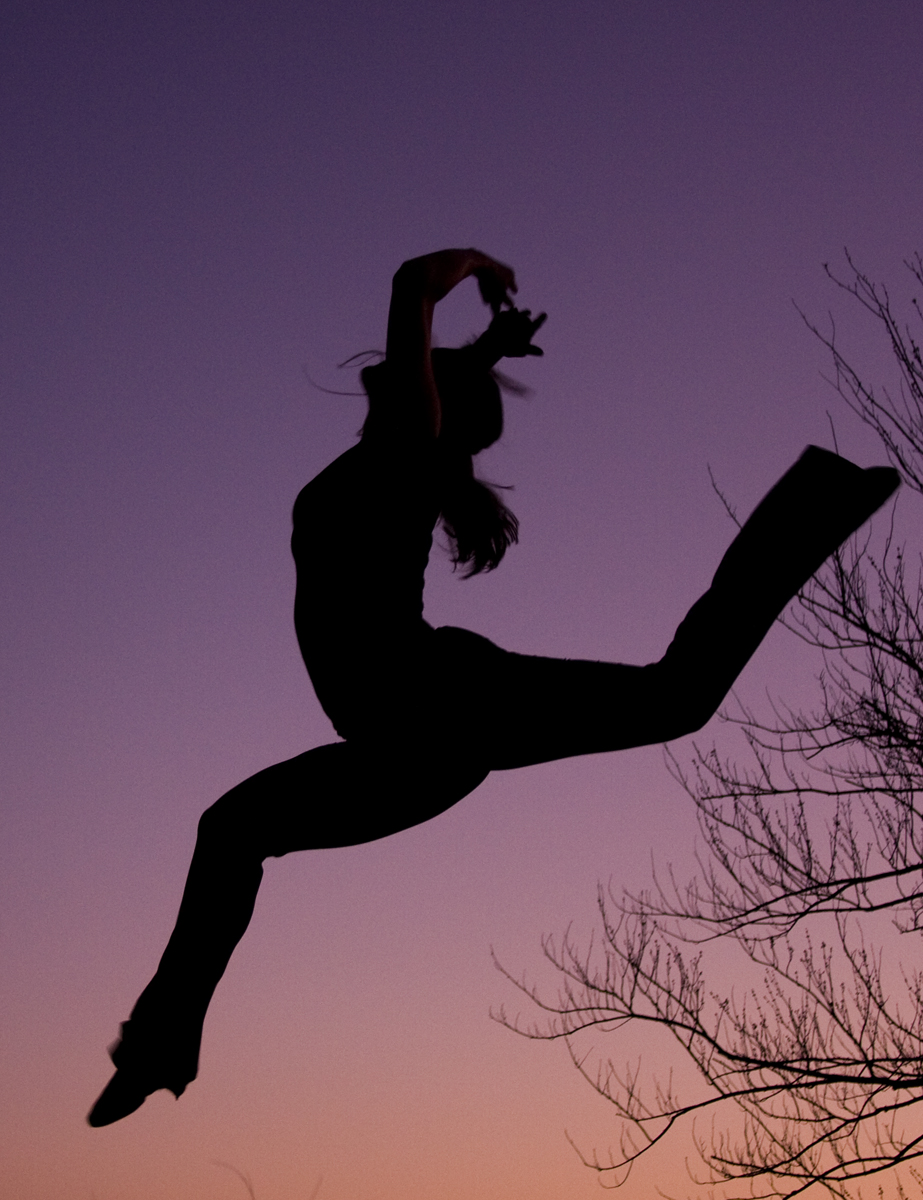From the Steps to Learning How to Fly series.
BILL MOYERS: Do you ever have the sense of . . . being helped by hidden hands?
JOSEPH CAMPBELL: All the time. It is miraculous. I even have a superstition that has grown on me as a result of invisible hands coming all the time—namely, that if you do follow your bliss you put yourself on a kind of track that has been there all the while, waiting for you, and the life that you ought to be living is the one you are living. When you can see that, you begin to meet people who are in your field of bliss, and they open doors to you. I say, follow your bliss and don’t be afraid, and doors will open where you didn’t know they were going to be.
Have you ever had a feeling of complete self-awareness where you recognize that what is happening right now could only be happening to you, and the events of the past hours, days, months, even years have all come together to produce this very moment? August Gold talks about the work that we alone can do, that we were born to do, and the feeling of resonance that happens when we stand in that place that only we can stand in. In The Alchemist, Paolo Coehlo explores the idea of the universe conspiring to help bring your dreams to fruition. Joseph Campbell discusses how when you follow your bliss, invisible hands come out to help you along your path.
This concept of “following your bliss” is the culmination of the ideas we have been discussing over the course of this series. It is about what happens when we begin to shift, to get clear, to take time to be still and listen, to follow our intuitive guidance, to allow our real selves to come out into the world, and to take steps, however small, in the direction of our dreams. It is about how doors begin to open for us, how people begin to show up seemingly accidentally with access to different pieces of the puzzle, how things we were led to do years ago suddenly begin to make sense within this new framework, and how our dreams begin to take shape.
There is a lot of misconception surrounding this topic. Critics talk about how if we all followed our bliss, there would be tons of starving artists in the world and no janitors. Or people will say, what I’d really like to do is not to work, so I’m going to pursue that goal and the money will still follow, right? This isn’t about imagining a life that sounds glamorous or exciting and doing that. And it definitely isn’t some spiritually couched permission to be lazy. It is about finding your place in the world, your passion, your divine birthright, and throwing yourself into it, taking the leap of faith with full knowledge that the universe will provide you solid ground to step on, or at the very least a soft place to fall.
Finding your place in the world is neither as difficult nor as easy as it sounds. As we’ve touched on previously, life is always giving us messages, showing us the next step we need to take. We don’t go out for our first run today and finish a marathon tomorrow–we take steps that enable us to reach that ultimate goal. It isn’t a matter of instant gratification, it’s about laying a solid foundation and creating the building blocks you need in order to get there. And the best part? You aren’t doing this alone, you do not need to have the full blueprint in your head in order to have it all come together beautifully. Your job is to be aware, to notice what resonates and what doesn’t, to trust in yourself and the universe, to listen to the messages you receive and follow their guidance.
One of the reasons I love Wonderfalls, the short-lived TV series starring Caroline Dhavernas, is that it explores this concept in a more obvious and direct way. The main character, Jaye, literally receives messages from the universe–normally inanimate objects begin to speak to her. Their somewhat enigmatic messages lead her to do things that set whole courses of events in motion with often humorous and always miraculous results. The show explores how seemingly small circumstances become snowballs that nudge (or knock) us into living our destiny. One of my favorite episodes (spoiler alert) includes the phrase “Bring Her Back To Him.” Jaye interprets this to mean that she should try to reconcile the nun hiding out at the local bar with the priest who has come to town looking for her. At one point she and the nun have an argument in a parking lot–Jaye gets upset and drives away, backing into a car and breaking its taillight in the process. It turns out to be the priest’s car; when the police pull him over for the broken taillight, they discover a warrant out for his arrest. His last girlfriend before he had entered the priesthood had been looking for him for almost ten years, and he gets to meet the daughter he never knew he had for the first time. By the end of the episode many “hers” have been brought back to many “hims,” including, and resulting in, the nun’s faith in God being restored.
While our messages are not usually so literal, nor the steps to get from taillight to reunion so clearly painted, they are always happening for us too. Once you really get this, you come to understand that coincidences are really incidences of synchronicity, showing us the way. Start saying “Yes!” to the universe, stepping through the doors that open up for you along the way. Pay attention to the messages you receive each day and follow where they lead. Uncover your passion and immerse yourself in it. My guess is that you will be following your bliss before you know, benefiting from the invisible hands helping you along the way, spreading your wings and soaring to new heights, loving the feeling of resonance that comes with standing in your right place in the world. Namaste.
Recommended Reading
The Artist’s Way, by Julia Cameron
The Celestine Prophecy, by James Redfield
Do What You Love, the Money Will Follow, by Marsha Sinetar
Eat, Pray, Love, by Elizabeth Gilbert
The Power of Myth, by Joseph Campbell
The Witch of Portobello, by Paolo Coehlo
Photo: “follow your bliss,” by irene suchocki
Originally posted on Jenn’s Two Cents/Learning to Fly


